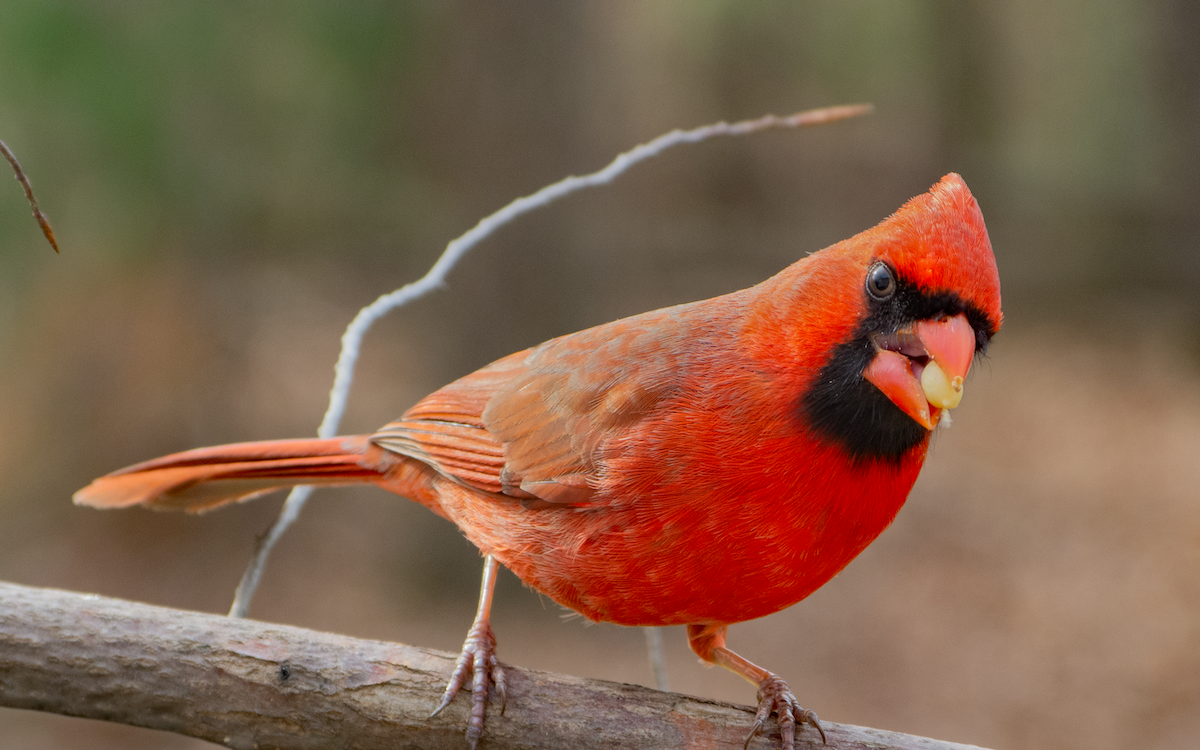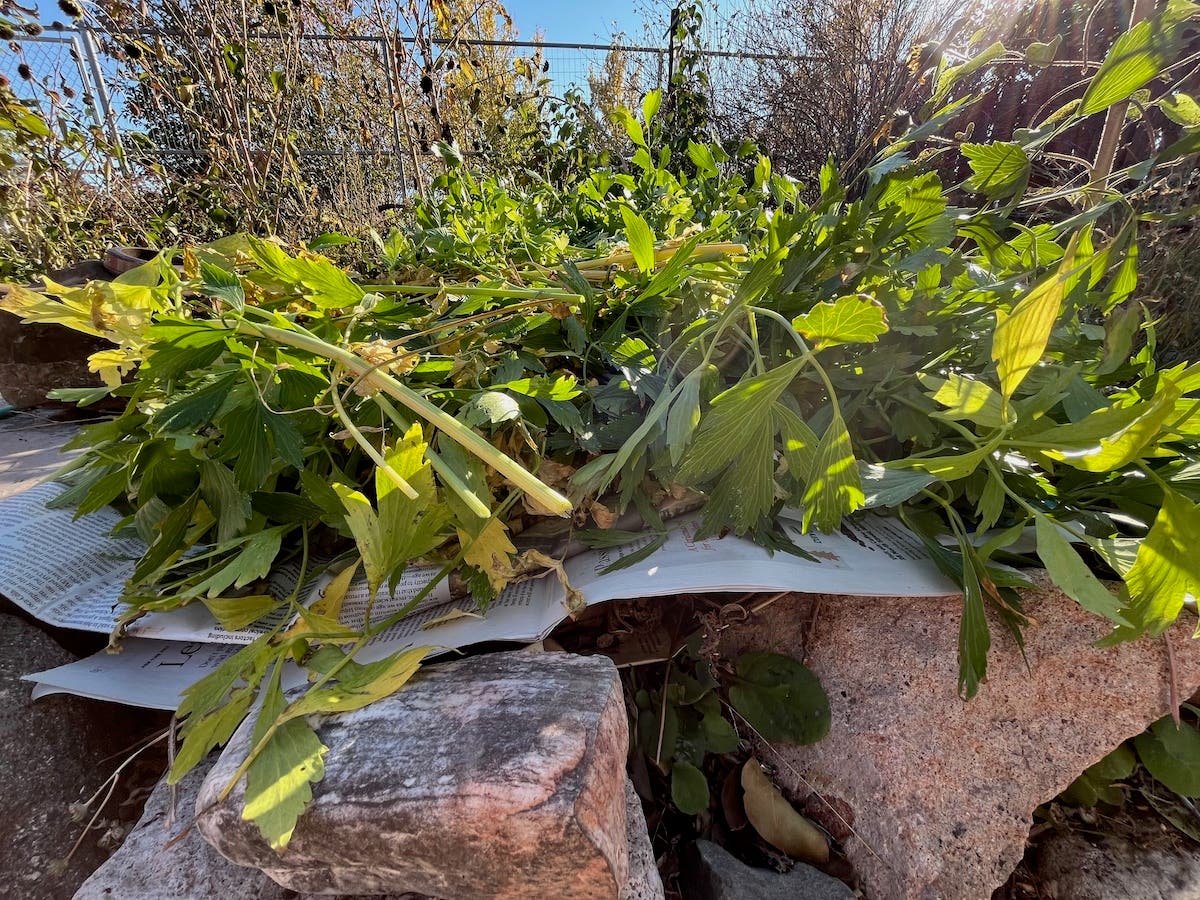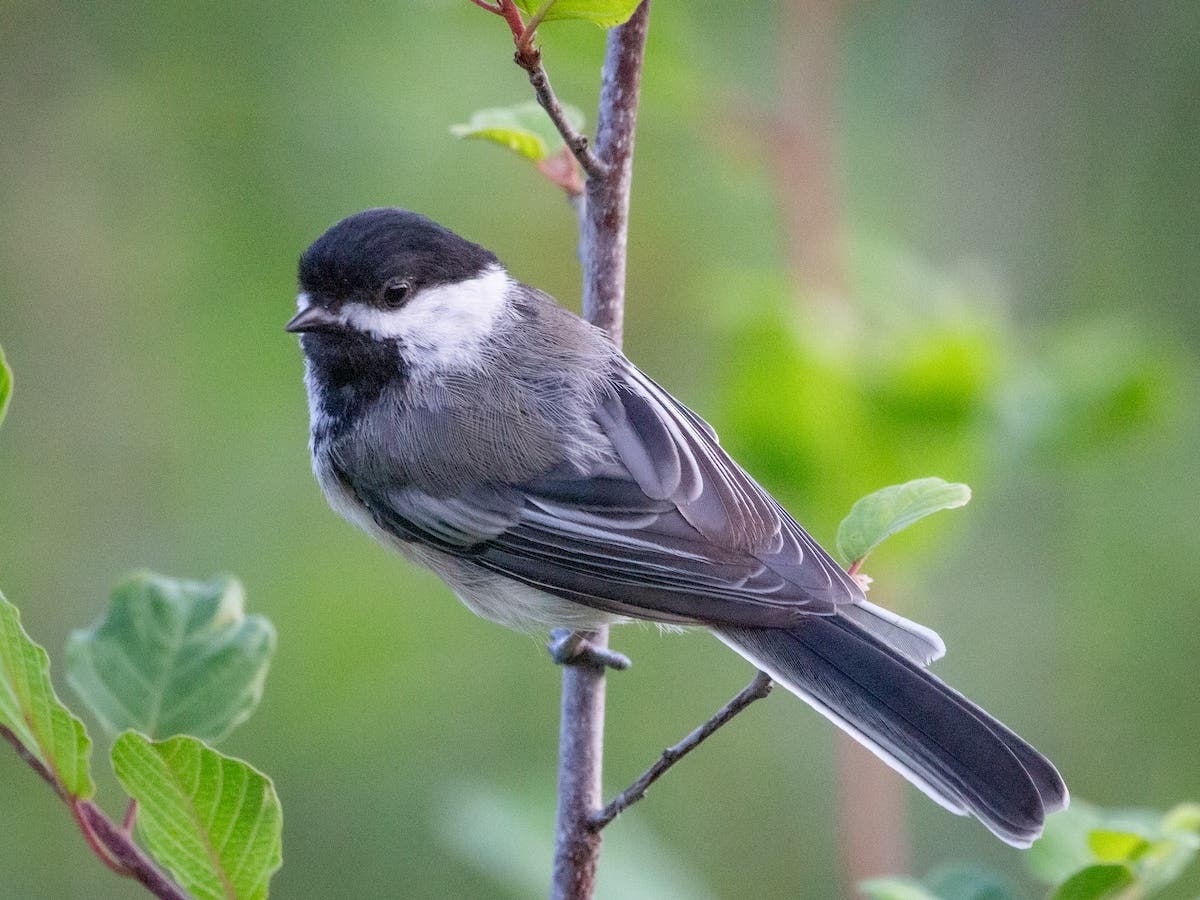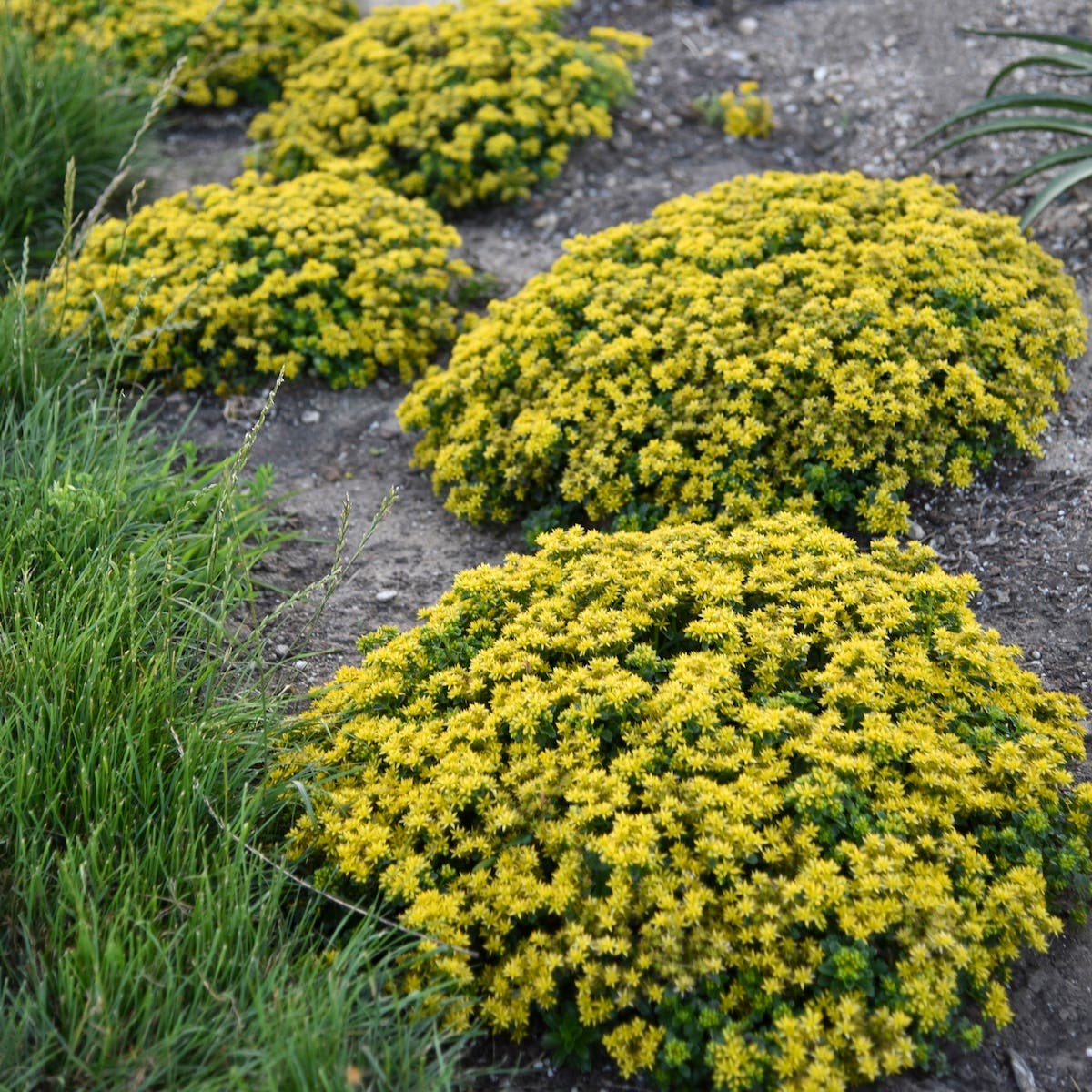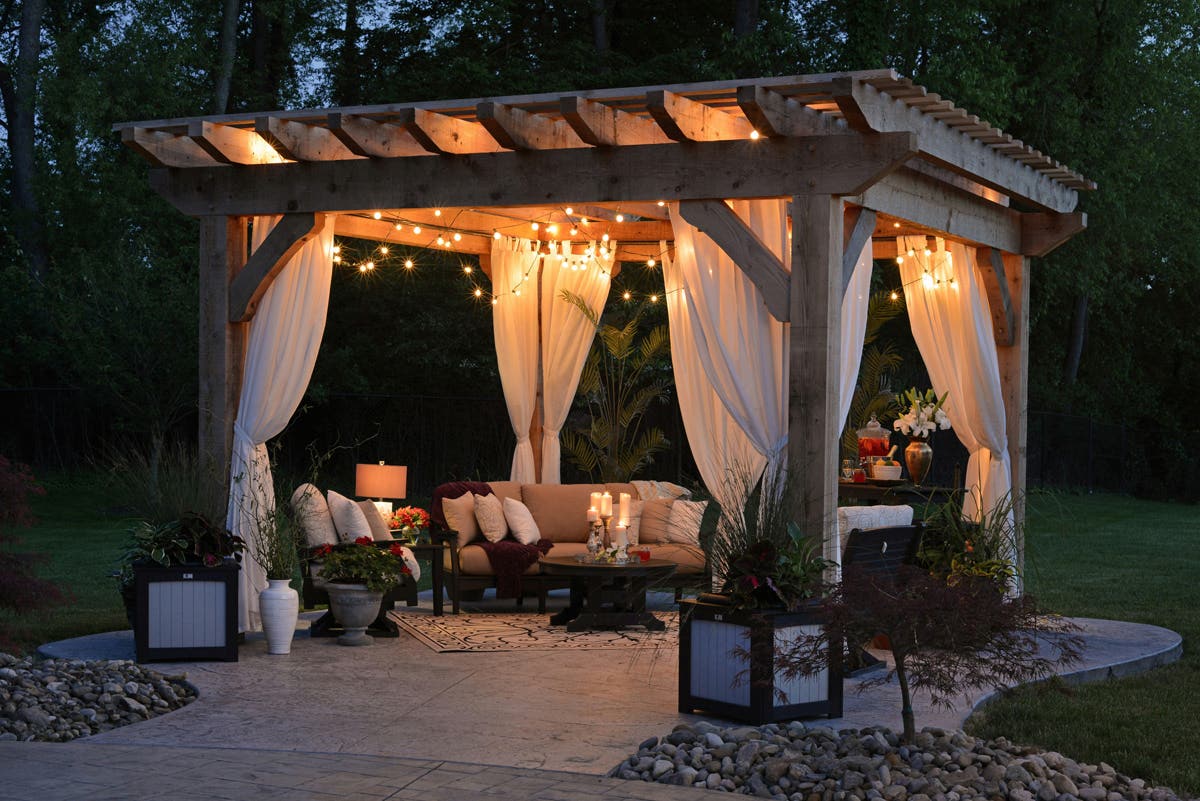Determining Fall Planting Dates
Here’s how to best time your fall planting.
Fall can be a great time to plant trees, shrubs and perennials, but you must plant early enough to let them settle in. Here's a tip on knowing when to do your fall planting.
When rainfall and temperatures begin to moderate at the end of summer, it's time to start thinking about fall planting. Fall is a good time to plant many different kinds of trees and shrubs and even perennials. Fall-planted specimens often settle into their new homes more easily than those planted in spring, because they usually don't have to contend with a period of hot, dry weather the way spring-planted items do.
Timing of fall planting has much to do with soil temperature. Many plants can grow roots when the earth is as cool as 45˚F. At planting time, the soil temperature at 6 inches deep should be about 55˚F to give plants ample time to start getting established. Conifers prefer a soil temperature closer to 65˚F, so they should be planted in earliest fall.
In general, aim to finish your fall planting about 6 weeks before your first expected frost date (8 weeks for evergreens). In Zones 3 and 4, you would count back from the latter half of September. Zones 5 and 6, your first frost will likely occur by mid-October.
In warmer zones where the ground doesn't freeze solid, plant when the hottest, driest weather is behind you and the rainy season is beginning—usually October or November.
More tips for fall planting:
- Choose healthy-looking plants at the nursery
- Choose balled-and-burlapped or container-grown plants, not bare-root plants
- Make sure the plant receives ample water (about an inch a week, from rain and/or irrigation) at planting time up until the ground is frozen (if applicable)
- Avoid species that are generally slow to establish, such as magnolia trees, birch, willows, hemlock, oak and hornbeam


